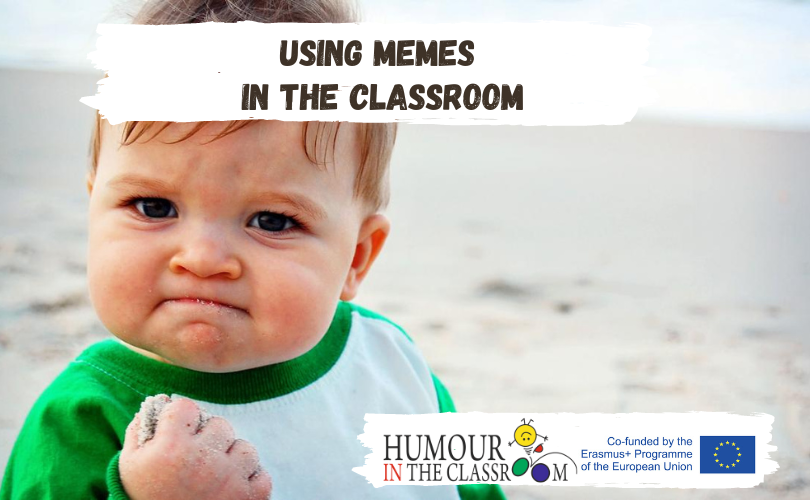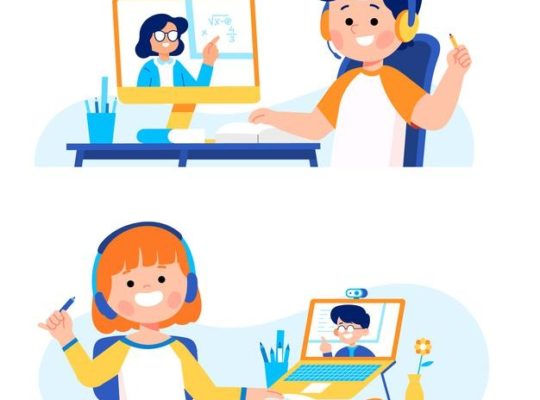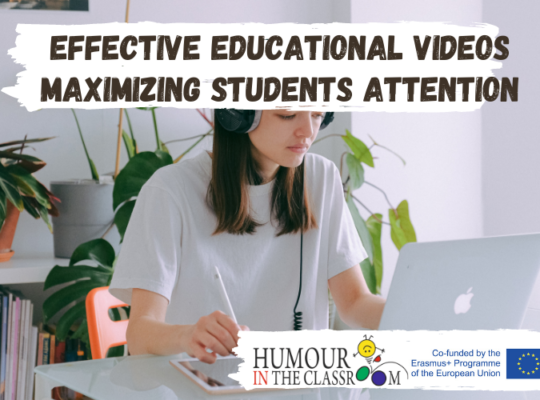Over the past decade, technology has been developing at an overwhelming speed and it is often changing people’s lives to make things easier and better for them. On the other hand, it has taken over control of people’s lives. They cannot go through the day without having to text someone, watch videos, surf the internet or use any kind of tools and applications. It has settled in the center of people’s lives; therefore, without it, they feel disconnected from the world. In an era when people’s lives are surrounded by so much technology, no one can deny the need to integrate technology in way people teach and learn. One way of integrating technology in language classrooms is by generating memes.
Memes are cultural composites – ideas, symbols, and practices – that spread in multiple forms through imitation and appropriation. The concept of a meme was first applied to evolutionary theory in the 1970s to explain how cultural information (i.e., norms, attitudes, values, and beliefs) spread from person to person by the biologist Richard Dawkins (1976).
The internet, with its immediate and infinite connectivity, enables memes to evolve faster and spread farther than ever before. Essentially, every new social network is another source of memes (Gleick, 2011). It is an activity, concept, catchphrase, or piece of media that spreads, often as mimicry or humorous purposes, from person to person via the internet. It may be just a word or phrase, sometimes including intentional misspellings or corrupted grammar. These small movements spread from person to person via social networks, blogs, direct email, or news sources. They may relate to various existing Internet cultures or subcultures, often created or spread on various websites.
An internet meme usually takes the form of an image, GIF, or video. A meme is defined “in our case” as an idea or image spread very quickly on the internet.
In one study, memes and Instagram enhance students’ participation (Purnama, 2017). The participants of the study were 23 EFL students of Health College in the Malang. In their research, they used observation and questionnaires. Each group was asked to develop one meme based on the given topics that they had received during English classes. Each group was assigned to upload or post their meme creation in the appointed Instagram account. Results of the study showed that creating memes supports intrinsic, integrative and instrumental values which affect the students’ motivation. Namely, using memes supplied the actual process of learning the target language-intrinsic value; target language itself and its speaker-integrative value; and consequences and benefits of having learned the target language-instrumental value. These are the values and attitudes; as Dörnyei (2001) explained, “the most far-reaching consequences in motivating L2 learners can be achieved by promoting positive language-related values and attitudes.”
In another study (Davison, 2012), they defined a meme, brief history of the memes, early internet memes and at the same time, current internet memes. Also, some types of memes’ language examples were given.
The other study (Baysac, 2017) made use of psychological phenomenology aimed at describing the lived experiences of the teachers in usinghumorous memes in the 21st century class of learners and how they face the challenges of using humorous memes in their classes. In conclusion, the teachers stated their experiences with those words:
Statements of Teachers’ Experience
• Arouse students’ attention
• Appropriate the value of the course I teach
• Promote global consciousness
• It makes the class happy
• Set the mood of the class
• Determining the readiness of the students
• Had their undivided attention
• Could spark moments of laughter
• Filter the affective domain
• Sustainer of learning interest
• Concretely visualize an idea or concept
• Making the setting a very light atmosphere
As clearly stated, memes are great ways to have a positive atmosphere and grab the students’ attention throughout the lesson.






